6 Cost-Effective Strategies for Injection Molded Part Design
![]()
Designing plastic parts for injection molding is like building a house: there are countless ways to...
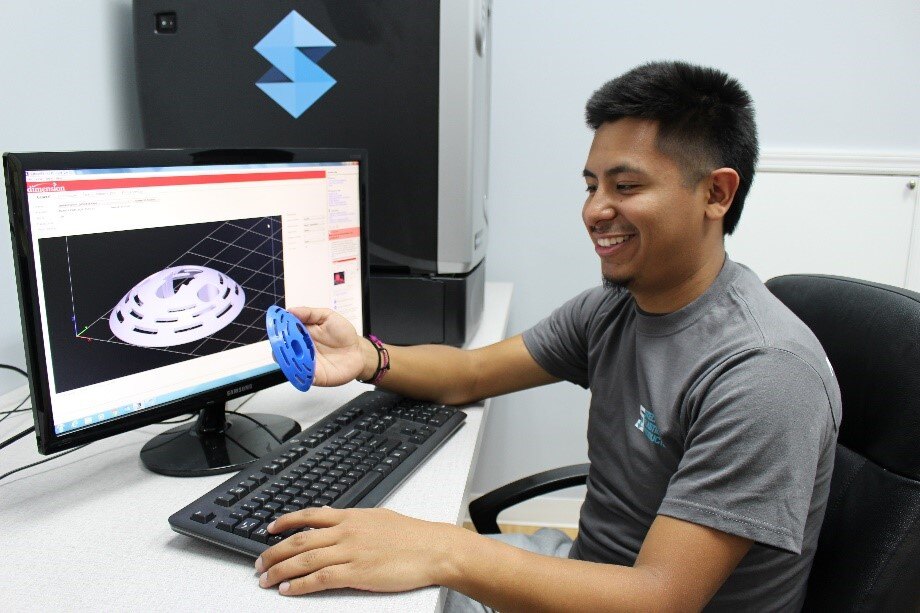
Designing plastic parts for injection molding is like building a house: there are countless ways to...
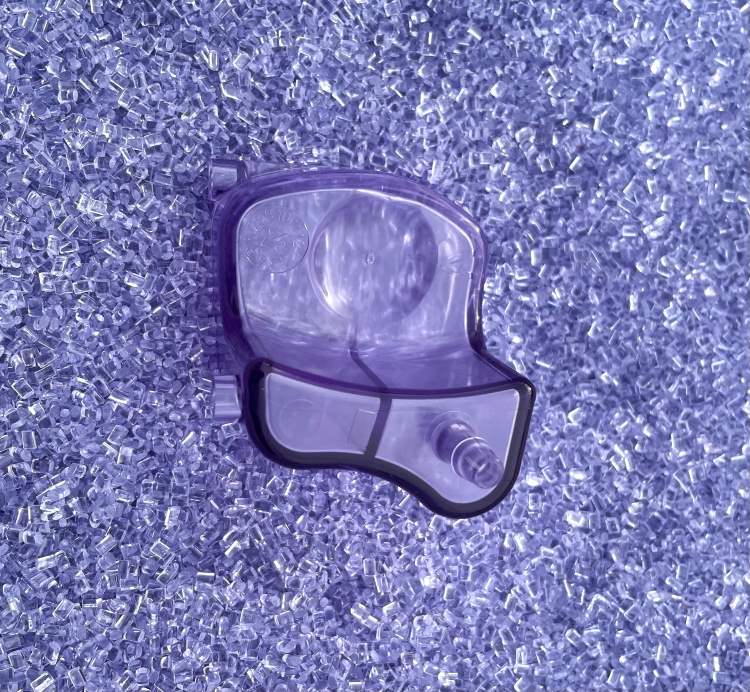
There are several factors to consider when selecting a plastic resin for your medical device...

Plastic injection molding is used widely in the manufacture of everything from precision medical...
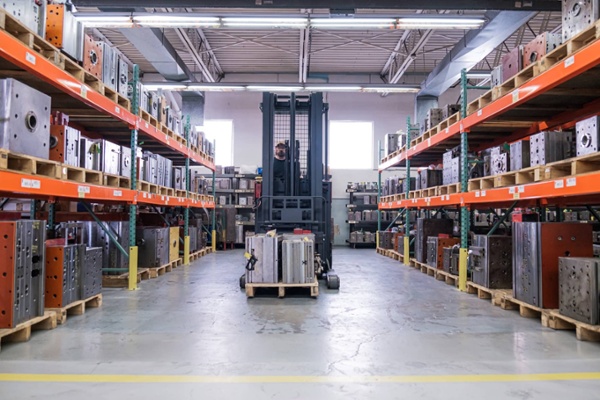
In the development of a well designed and manufactured injection molded item, comes the...
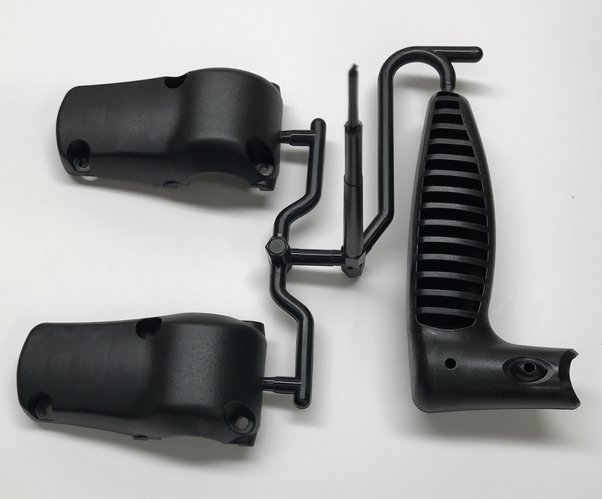
The use of hot runner systems in plastic injection molding has been possible for nearly 50 years,...
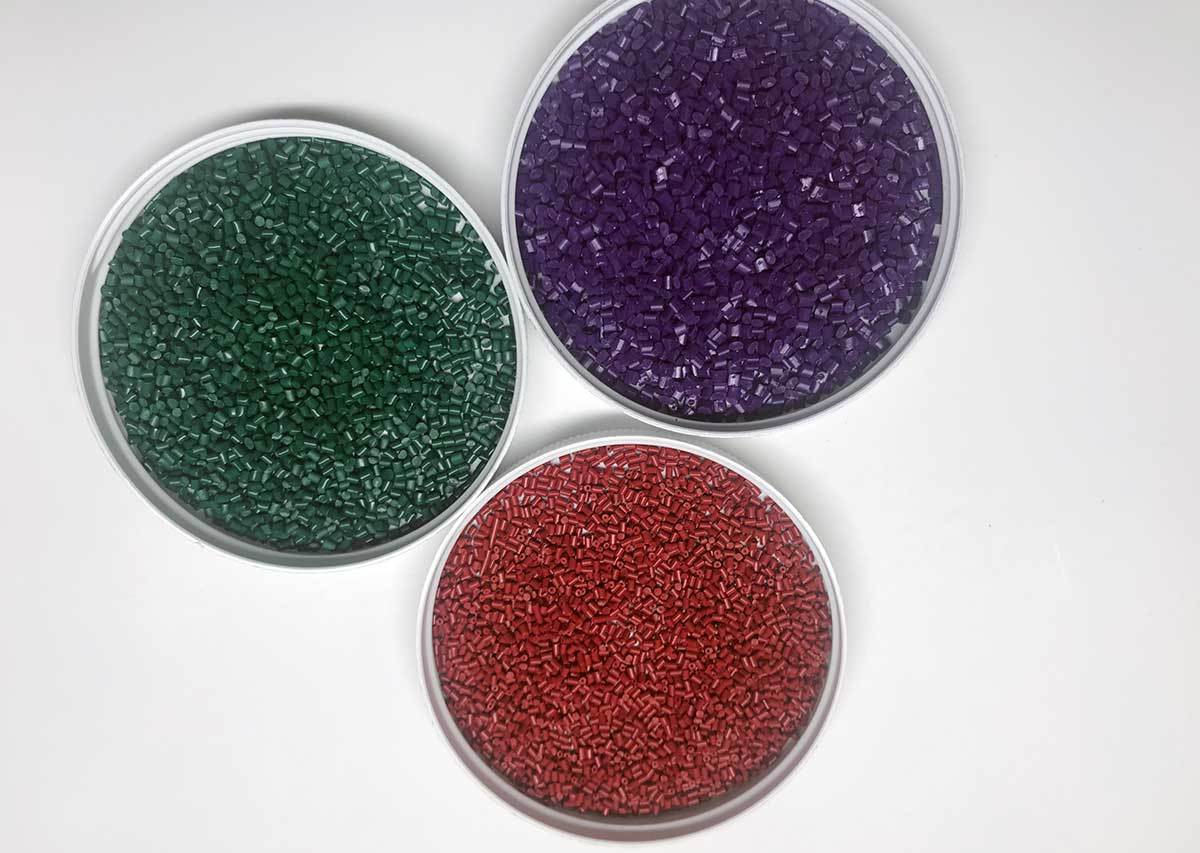
When it comes to choosing the right resin for your plastic injection molding project, there are a...
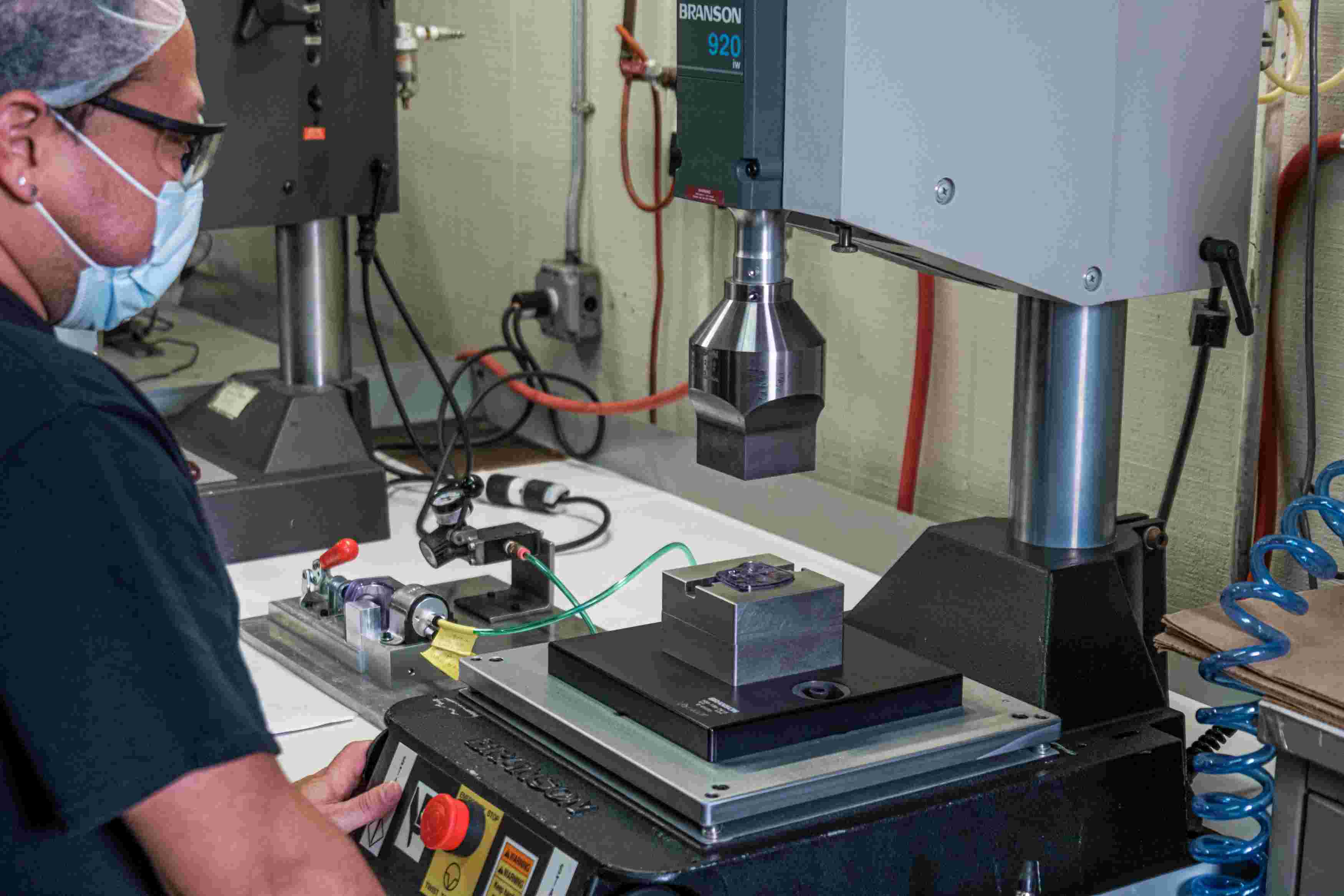
No fasteners, no adhesives, fewer components and simplified assembly – that’s the beauty of...